The Sunday School
Sunday School
teaching began in 1784 in the old Chapel and was there until 1816
when the first School premises were built. This was a two storey
building with a staircase on the outside. The following letter
relates to the photograph taken between 1845 and 1850.

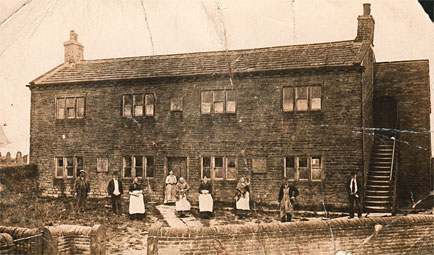
Old Sunday
School Photo 1845/1850
The lower
storey was a day school. It was used as such until Bradshaw Council
School was built after the introduction of the Education Act of
l870.On the front of the building were two foundation stones,
pictured below ,and between them was a sun dial. The whereabouts
of that sun dial are unknown.
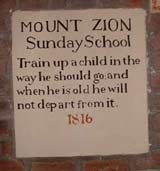
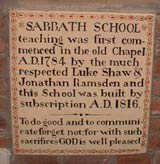
These two stones
were put on the wall inside the new Sunday School building when
foundation stones were laid on the 13th August, l887.
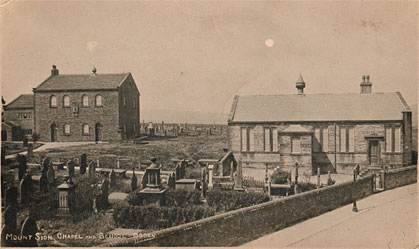
New Sunday School
The development
of the Sunday School, one of the earliest in the country, had
a great deal to commend it. Not only did it give Bible Teaching
and morality but also education in reading and writing which was
important to enable the reading of the Bible. The children used
sand in which to make their letters and later slates. There is
a slate in the archives in the Chapel. By 1830 the number of scholars
had risen to nearly 600. These would be adults as well as children
but it is quite remarkable that in an area which is semi-rural
there would be so many attending. Many must have walked long distances
to get there.
There seems to have been a change of spelling of Zion. On the
oldest building it has a "Z" but on the 1887 building
it has an "S". Only recently we had to decide which
should be used from now on and it was agreed to use the "Z".
Simeon Priestley was Chapel Keeper, Sexton, Sunday School Superintendent
and many other things for forty years. His grave is beside the
small gate at the back leading into the graveyard from the lane.
It was paid for by public subscription. He was certainly a somewhat
eccentric person - a "character" of his day but apparently
not unkind. The inscriptions on his grave are most interesting.
There are many stories about Simeon. He was loved by children
and he was unwilling to inflict pain as he dealt out punishment.
Children, as children still do, liked making a noise and liked
running up and down the outside stairs. Remember that they wore
clogs and these were shod with metal plates which caused more
of a clatter - and a spark if you could kick the flagstones in
the right manner - much to the chagrin of those meeting in the
school. Simeon was asked to deal with this "clatterin' daan".
On the appointed day Simeon went to report and said, "Never
mind, naah. Aw settled it all reight. Ther'll be noa moor bother.
Aa, but aw did pawse (kick) one lad th' other neet. But aw hurt
mysen war nar th' lad." "How did you manage that Simeon?"
enquired a friend. "Well, aw thowt aw'd stop bother mysen.
Aw didn't want to have a row in taitcher's meeting over th' lads,
so aw hid mysen i' boiler at th' top, and aw heeared um marchin'
up. Aw wur read, and paanced out, an' managed to catch one - an
aw pawsed him weel, but it hurt me war nar th'e lad." "But
how was that?" asked the friend. "Well you see, aw didn't
like to do too much, so aw took mi clogs off before aw pawsed
him." So much for corporal punishment!!! (This extract comes
from "Told by the Dial" by Rev. William Walker).
The picture below
shows those who served, and some who died in the European War
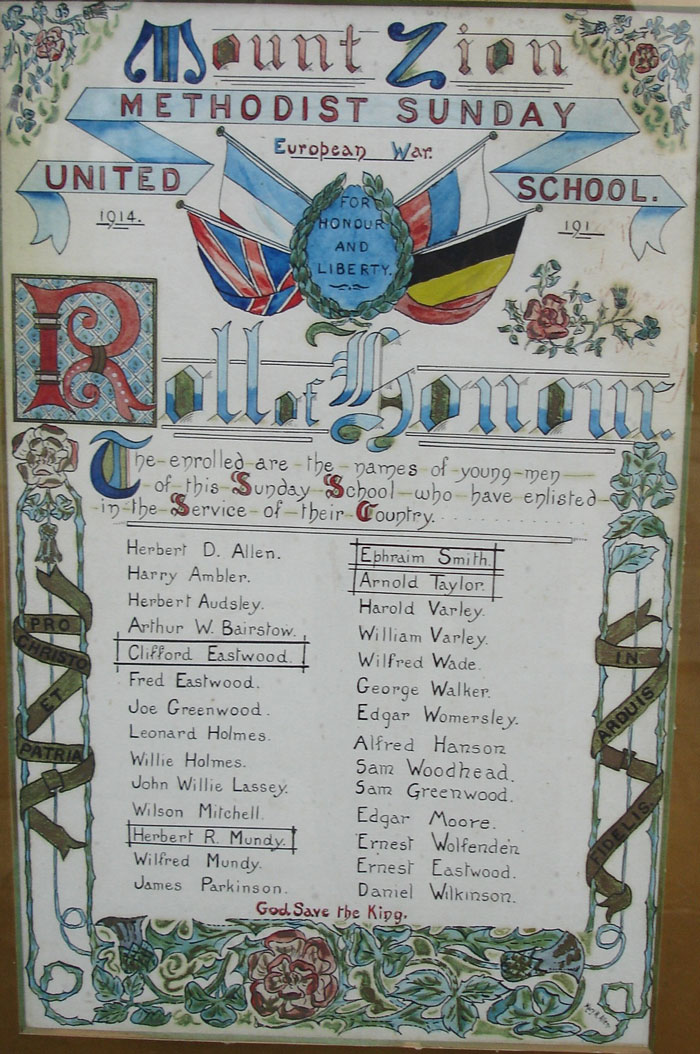
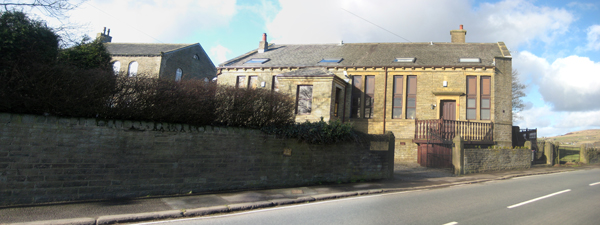
The Sunday School today, Peat Pitts Farm
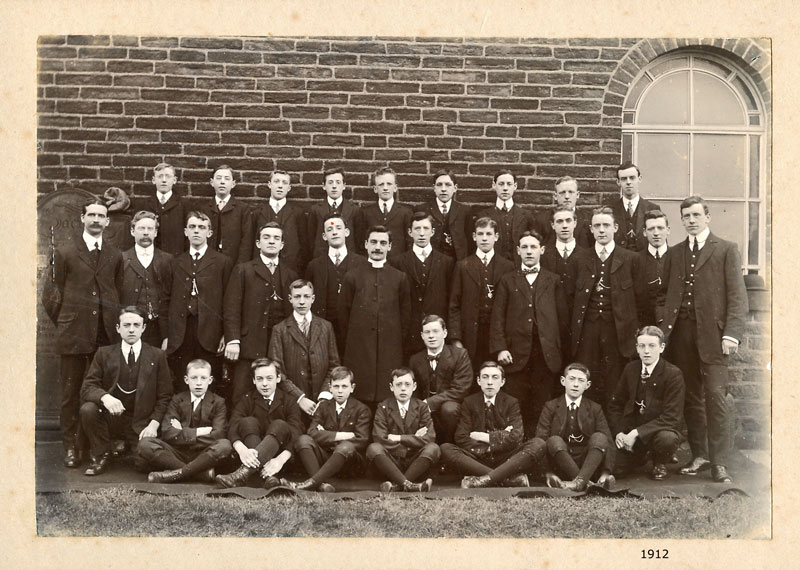
Sunday School
pupils in 1912.
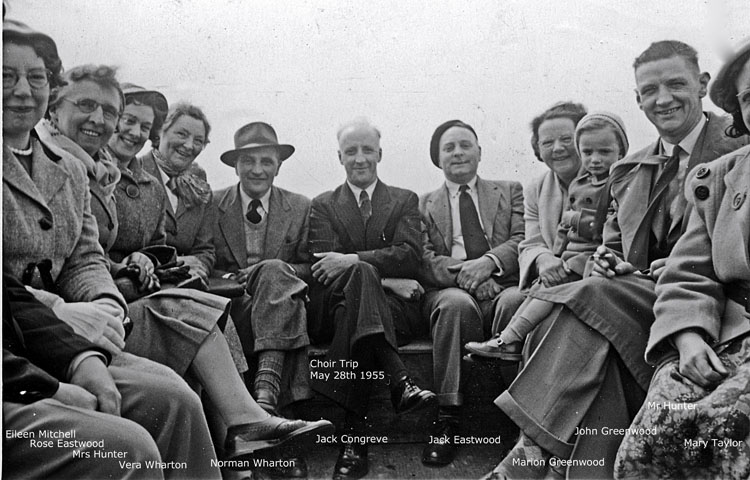
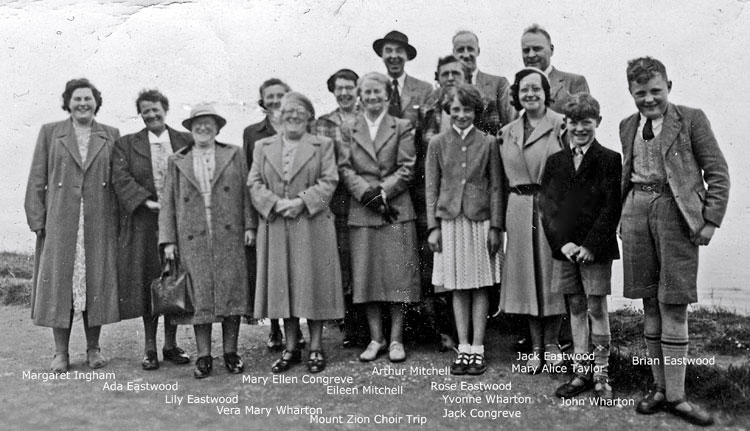
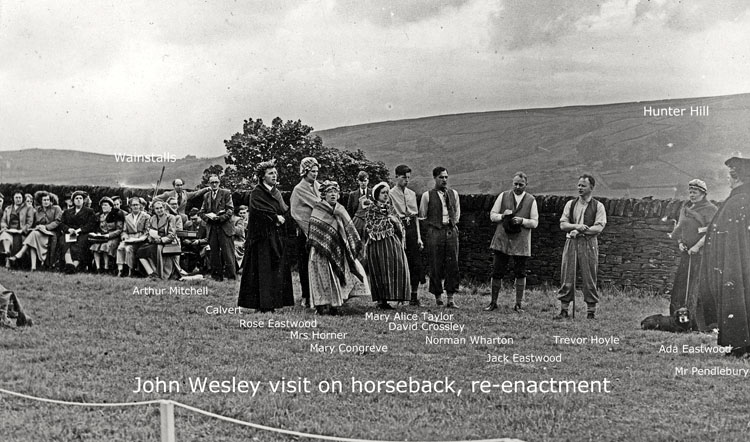
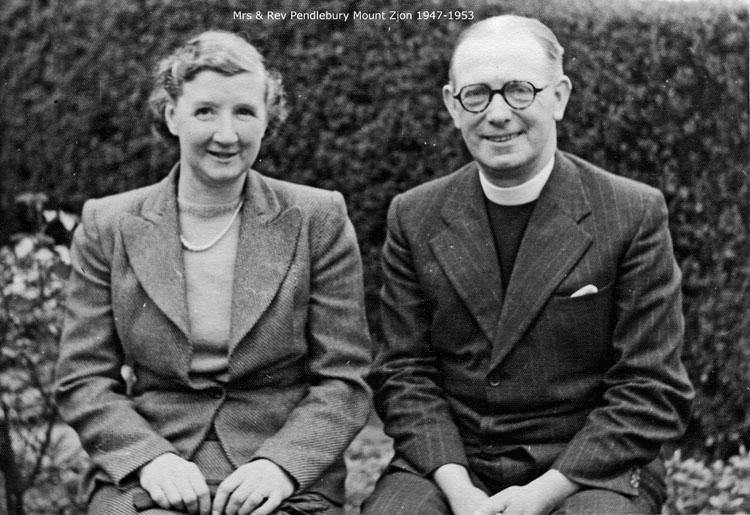
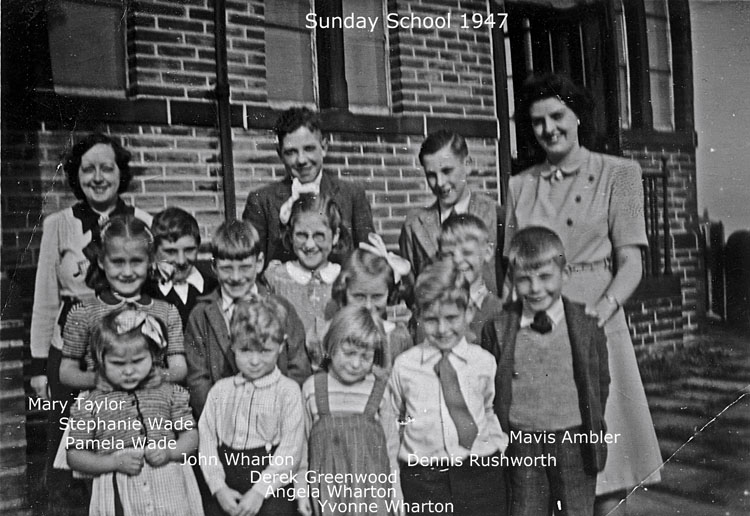
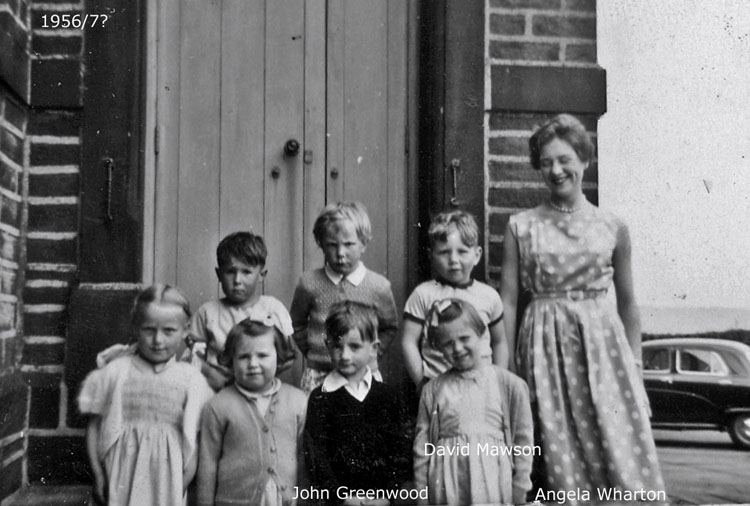
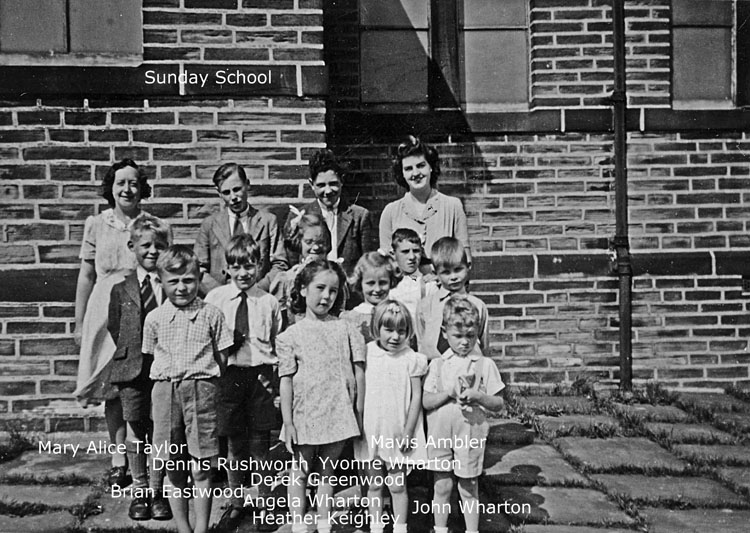
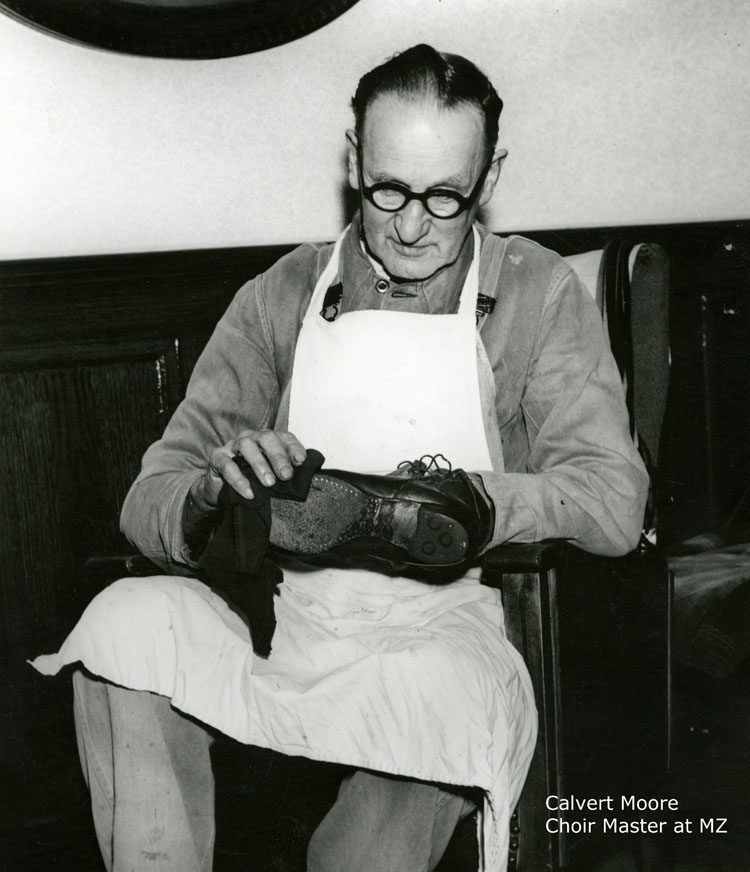
The photographs are by John Wharton, who features in some of them. |